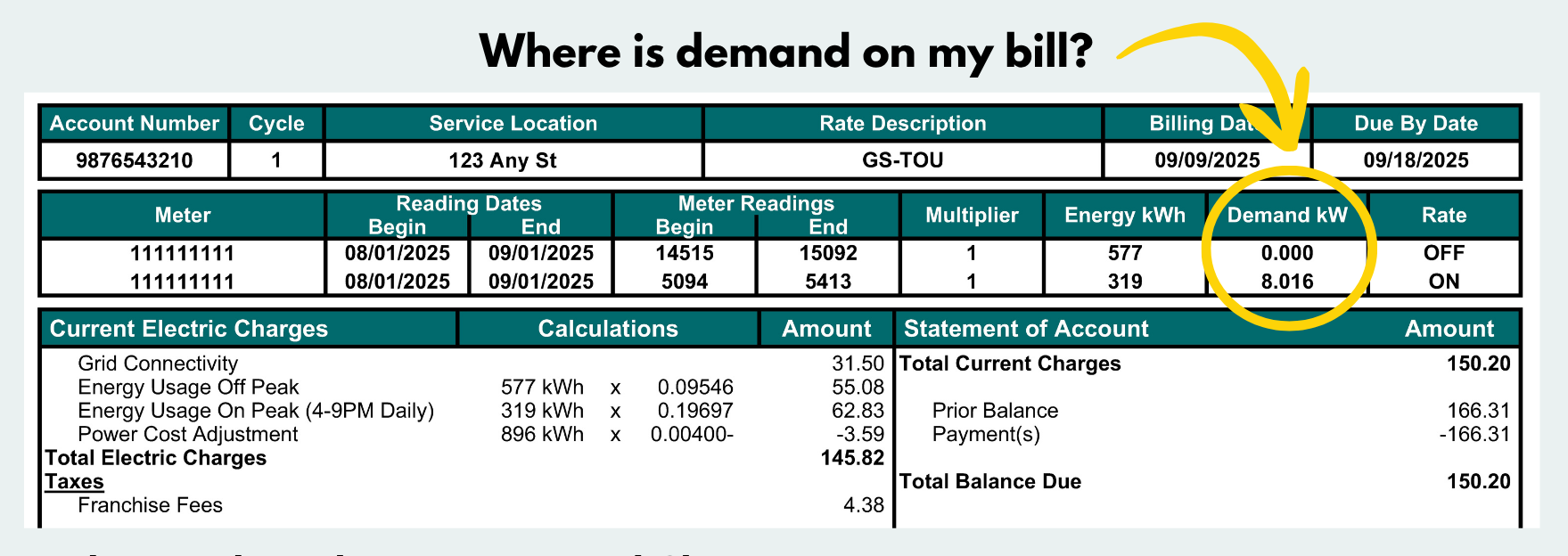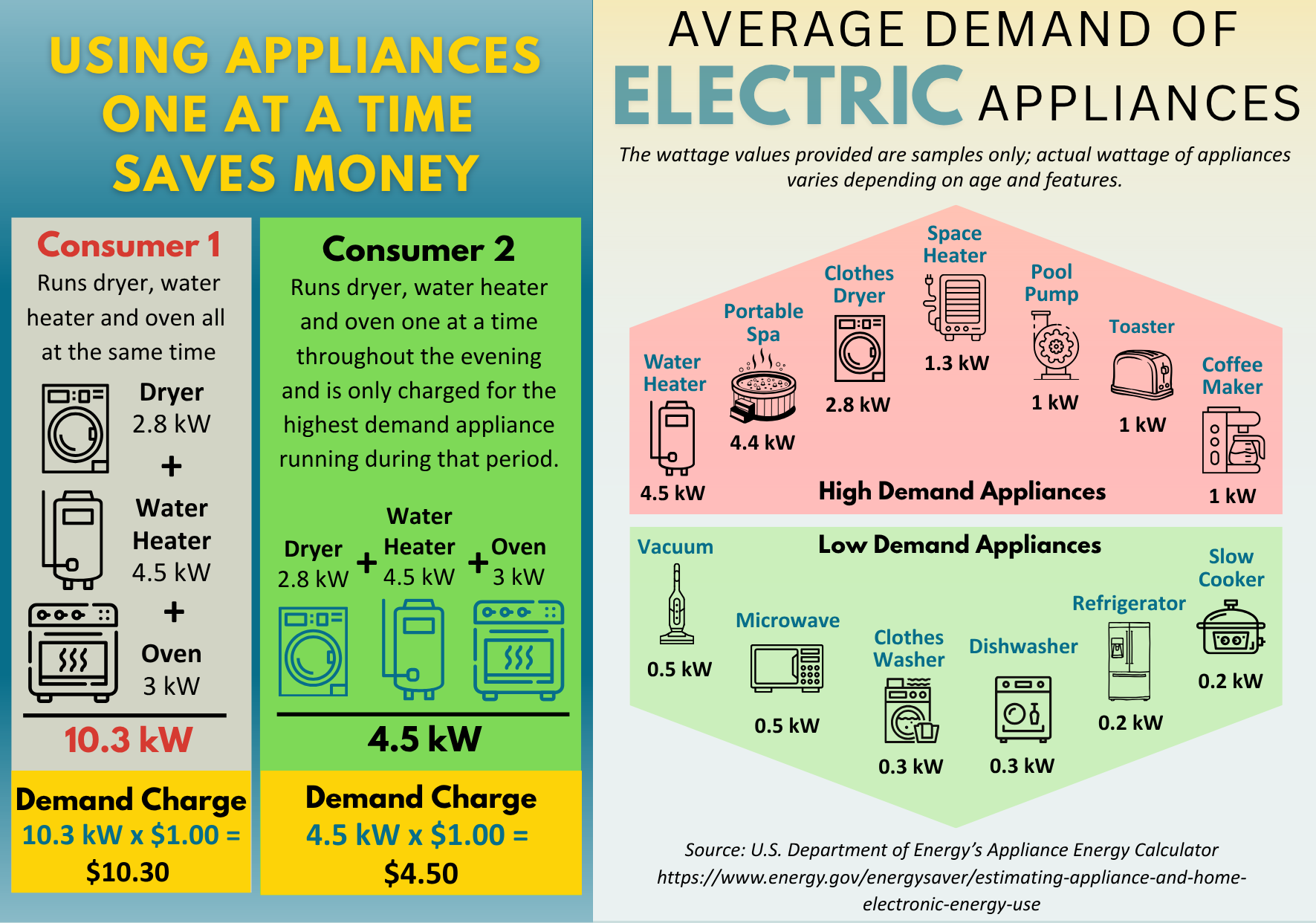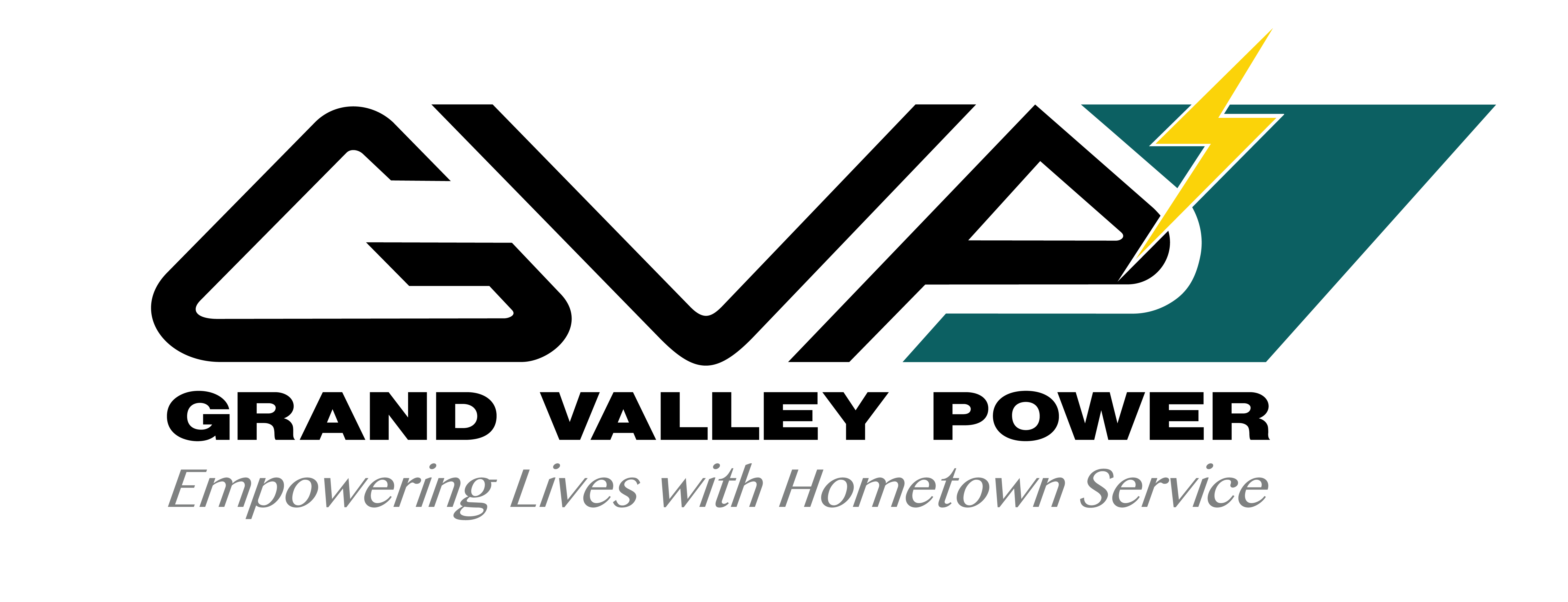Rate Change Approved
Average GVP consumer will see a four percent increase
by Tom Walch, Chief Executive Officer
GRAND JUNCTION, COLO. - (October 1, 2025) One of the most important jobs the Grand Valley Power Board of Directors has is setting rates for the electric service the cooperative provides. These rates must cover the cost of this service and should be fair and equitable to members. To do this, we engage a rate consultant from time to time to perform a cost-of-service study and provide support in rate design. Knowing that we will face challenges covering our costs in coming years, we started down this road earlier this year.
As a result of this process, we received a cost-of-service study confirming that, like other cooperatives, Grand Valley Power faces rising costs. But unlike most other growing cooperatives, Grand Valley Power has also observed a decline in kilowatt-hour sales. The board felt that this required action. At its September meeting, The Grand Valley Power Board of Directors approved a rate restructure. The new rates will take effect November 1 and will increase the average residential consumer’s electric bill by 4 percent beginning with bills received in December.
RISING COSTS
A rate increase is not something we take lightly. Our last rate adjustment was more than two years ago, and since then, operating costs have climbed (see “The Impact of Rising Costs” on page 8). While we’ve controlled expenses — purchasing lightly used fleet vehicles rather than new ones, for example — cost recovery is no longer keeping pace with the increases.
DECLINING KILOWATT-HOUR SALES
Rising costs are only part of the story. Another factor in the necessity of the rate change is declining kilowatt-hour sales. Grand Valley Power has enjoyed steady growth over the past several years. Logic would tell us that more members would mean higher kilowatt-hour sales to help cover the associated costs of a growing membership. But a noticeable trend is defying that logic. As membership grows, more households are generating their own power, mainly from solar. These consumers are buying fewer kilowatt hours from Grand Valley Power, leading to a noticeable decline in kilowatt-hour sales.
WHY IS THAT A BIG DEAL?
Grand Valley Power has different kinds of costs: fixed costs, demand costs, and energy costs. Rates must recover all these costs. Traditionally, most of these costs have been recovered through Grand Valley Power’s kilowatt-hour energy charges. But when consumers don’t buy kilowatt hours, they don’t help cover costs that are built into kilowatt hour charges. If we do not adjust rates, and we keep a disproportionate amount of fixed costs in the kilowatt-hour charges, 93% of consumers will see a bigger rate increase and pick up the slack for the other 7% who are buying fewer kilowatt hours.
WHAT IS DEMAND?
One of the things GVP is doing to address this situation, is introducing a demand charge. This charge is designed to help pay for some of the co-op’s distribution demand costs. What are these costs? They are costs incurred in building out our distribution system so that it can reliably provide all of the power our members need when their need for power is the greatest. The biggest cost drivers are substations, distribution lines, and transformers. We just wrapped up a $2.2 million upgrade to our Highline Substation to meet growing member demand. Upgrades to various other distribution lines and substations will be required in the near term. We need to have a way to pay for these improvements that is not tied to kilowatt hour sales. That’s why GVP’s new residential rate class will include a Distribution Demand Charge.
Other cooperatives around the state of Colorado, including Poudre Valley REA, Empire Electric, and Core Electric, have charged for demand for quite some time. And Grand Valley Power's commercial rate classes (commercial small power, large power, and industrial) have paid a demand charge for several years.
Household consumers can look at your past bills to see what your demand has been. It’s called Demand kW and is measured in kilowatts. You can control your demand — and charges associated with it – by limiting the number of electric devices you use at one time.

THE NEW RATES
The new rates will more effectively recover fixed, demand, and energy costs in a way that reflects how people use electricity. On the energy side, we are lowering the off-peak Time-of-Use rate. To recover more of our fixed costs, Grand Valley Power is raising the Grid Connectivity charge by $1.50 per month and adding a Demand charge.

With the new demand charge, consumers who use a lot of electric devices at the same time will pay more of the costs associated with increasing demand. These are all components of recovering the cost of our electric service. When you use electricity impacts the time-of-use rate charged (with 4 to 9 p.m. being the higher, on-peak rate), and how much electricity you use at once impacts a household’s demand charge.

While we must raise our rates, remember that you can help us save costs and share in these savings by taking advantage of our Shared Savings program, which offers up to a $50 bill credit for going paperless and signing up for automatic bank payments. That way you can help us provide safe, reliable, and affordable power — backed by the hometown service you expect.
